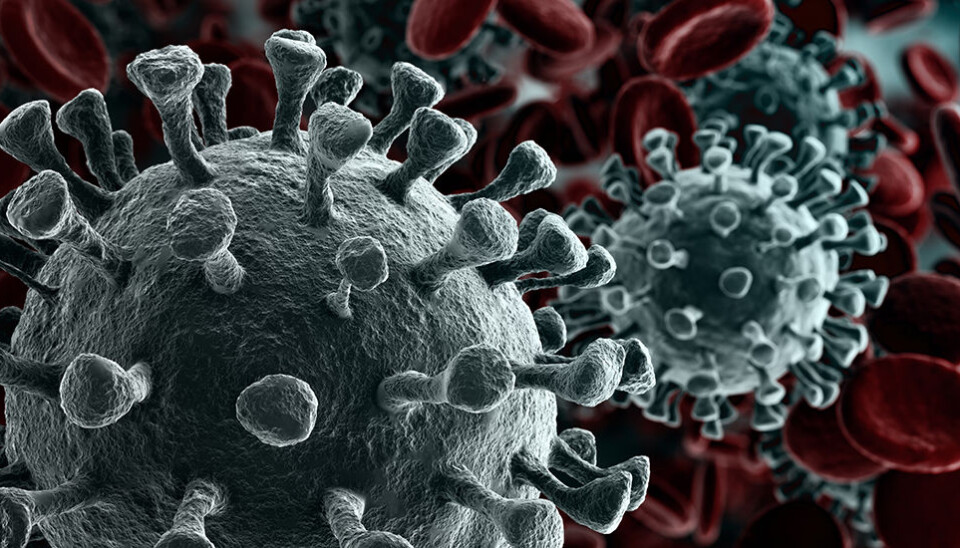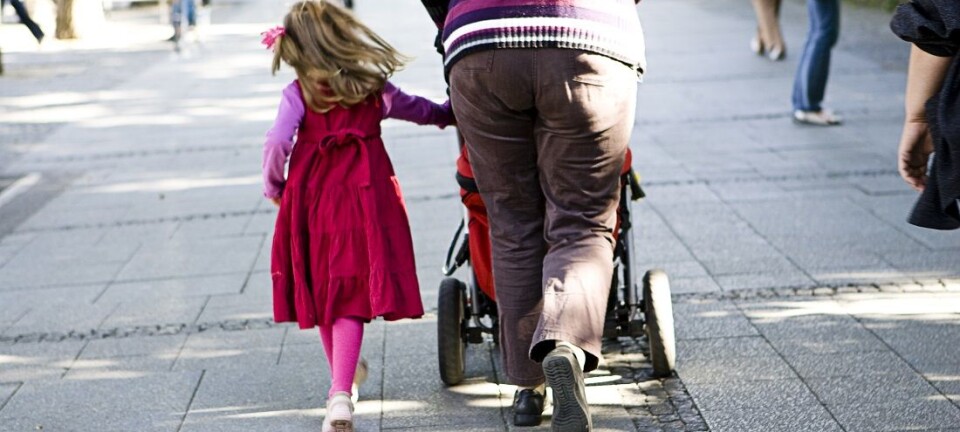This article is produced and financed by NTNU Norwegian University of Science and Technology - read more

Testing larger households can reduce coronavirus infections in Norway
Testing families of four or more people would be an effective way to reduce the spread of the coronavirus infection, according to a data simulation model developed at NTNU. The model has initially been used to determine the best testing strategy for Oslo.
The NTNU COVID-19 Taskforce has developed a high-quality individual-based data simulation for the spread of COVID-19 in all municipalities in Norway. The interdisciplinary group at NTNU consists of researchers from several faculties and institutes who bring together expertise in medicine, biotechnology, cybernetics, statistics, and economics.
The model has made it possible to investigate many different approaches to large-scale infection testing in Norwegian cities and urban areas. The first results are now clear.
“To start with, we’ve focused our attention on the spreading problem in Oslo in connection with the re-opening of kindergartens and primary school grades 1 through 4. Our analyses show that structured COVID-19 testing of larger households can reduce the spread of infection and greatly help control the spread of the disease,” says Professor Stig W. Omholt.
Omholt coordinates the modelling work and heads NTNU's biotechnology initiative.
“This model contrasts with strategies based on selecting random persons or random households, which would have a very limited infection-suppressing effect,” he says.
The coronavirus spreads easily among family members if someone in the household gets infected. The larger the household, the more people are at risk of being infected. Large households therefore have a big impact on dispersal of the virus.
Helps control how various measures work
Many research groups nationwide are dedicated to helping find the best strategies for everything that is corona-related as part of the national volunteer efforts. The researchers of the NTNU COVID-19 Taskforce define their role in this quest as the provider of decision-making support information to Norwegian authorities. Their expertise is based on broad experience in analysis, modelling and management of complex systems.
A key component of the modelling framework developed by the NTNU research group is an individual-based data model that incorporates demographic data, such as the number and age composition of households and the number of schools and kindergartens, in order to be able to describe disease transmission dynamics at the municipal or regional level.
The model enables the effect of various measures to be assessed as accurately as possible.
Oslo first in line, then several municipalities to be mapped
This data model, which is an epidemiological network model, has been used to study the effect of different testing strategies. Initially, the researchers have entered data from Oslo, which has experienced the greatest spread of the coronavirus and has the densest population.

"In the analysis for Oslo, we’ve been conducting simulations since March. We’ve factored in the use of 50,000 tests a week, kindergarten re-opening on April 20th, the opening of primary school grades 1 through 4 on April 27th, and stopping the simulation on June 20th, 2020,” says Omholt.
A subsequent simulation looked at what would happen if just 15,000 tests were administered in Oslo each week. This simulation showed that testing only the 25,000 largest households in Oslo and 5,000 in Trondheim would be able to keep the transmission factor, R0 under 1. That means each person transmits the virus to less than one other individual.
The simulation model can be fed demographic data from different municipalities and can also look at larger regions. Researchers are now working on data for Trondheim and other major cities.
Four possible test scenarios considered
The researchers have considered four possible testing approaches and strategies:
1) no testing
2) testing of randomly selected individuals
3) pooled testing of randomly selected households
4) pooled testing of all households with four or more members
Here, pooled testing means that samples from all people in a household are added to a common sample that is then tested for COVID-19.
If a test proves to be positive, the data model assumes that the individual (Strategy 2) or the entire household (Strategies 3 and 4) is quarantined.
“We’ve assumed that infection prevention measures don’t have a great effect on the spread in kindergarten or primary school. This is a deliberately conservative approach to show better safety measures,” says Omholt.
Since the four scenarios are all analysed under the same conditions, the direct effect of the different testing strategies can be compared.
“We find that Strategy 4, with its systematic testing of households with four or more members, is the measure that reduces the rate of infection most. Strategies 1 and 2 show no appreciable difference. So testing a random sample of people is not expected to have any effect as an intervention against the spread of the virus,” says Omholt.
Strategy 3 shows a limited effect. Here, the number of infections is halved by the end of the data simulation, compared to no testing.
Interdisciplinary collaboration
Four disciplines have been working together to construct the modelling framework, of which the epidemiological network model is a part.
“What makes this framework unique is that it can be used both to broadly investigate the effect of various coronavirus measures, and to systematically identify which testing strategies and strategies for social distancing are optimal for avoiding overload of the health care system and normalizing activity in a given region as much as possible, within the framework of the guidelines set by the authorities,” says Omholt.
You can read more about the new modelling framework and the research team here.


































